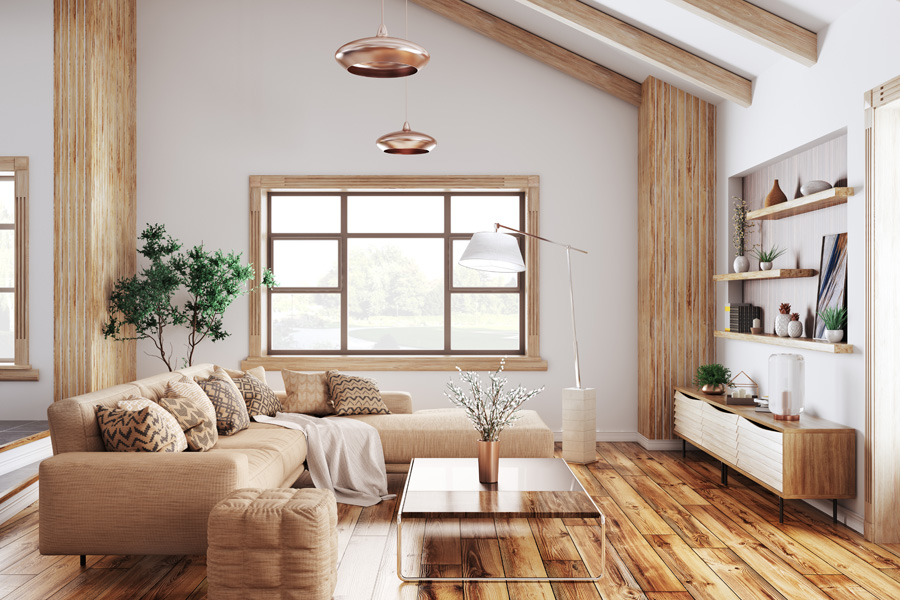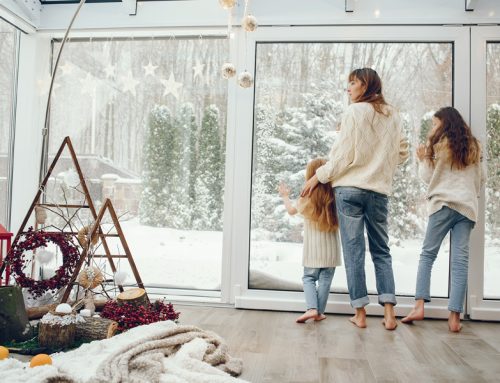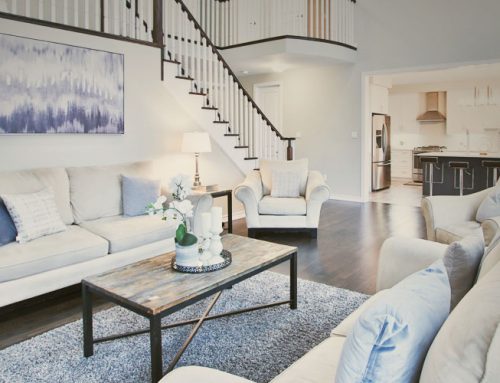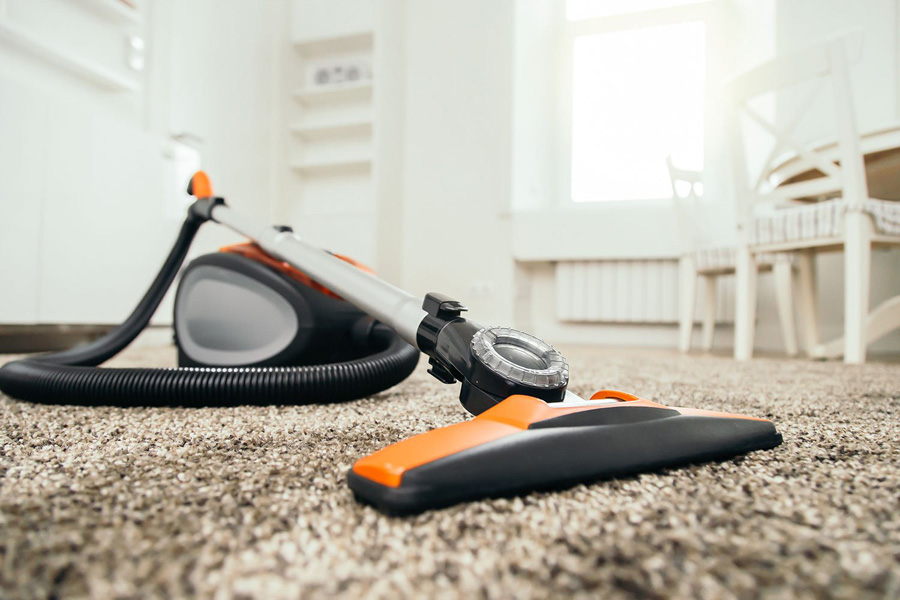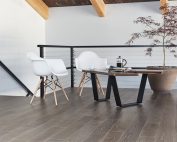Whether you’re looking to upgrade your current fixtures or add something new, most local lighting suppliers will have a wide range of styles and designs available. You’re destined to find something that perfectly complements the style of your home.
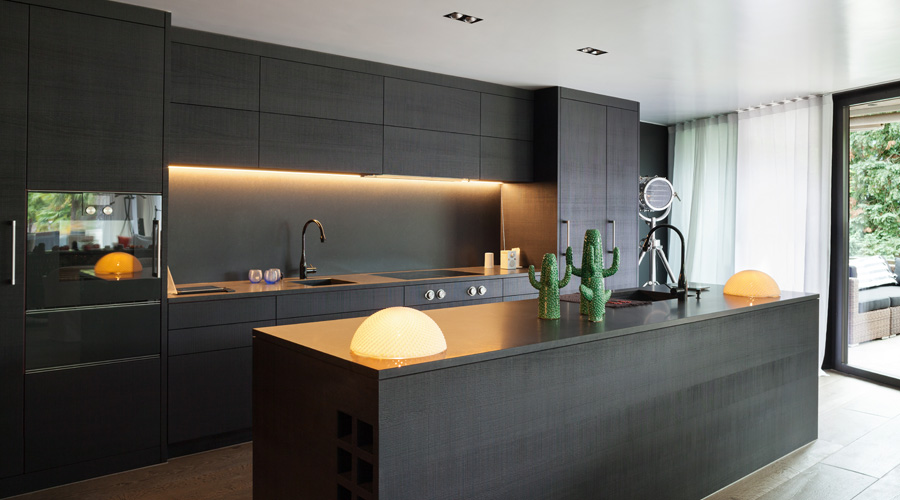
Kitchen
While style definitely plays a role in the kitchen, utility is the key factor here. Spring for bright recessed lighting, high-hats, or recessed strips along the upper cabinets for hidden countertop illumination. Pendants can be used over seating areas or kitchen islands. The three main types of kitchen lighting are general, which provides overarching basic light for the room, task lighting, that covers a specific work area like stove or prep station, and accent lighting, which is used to create ambiance and a focal point in the room.
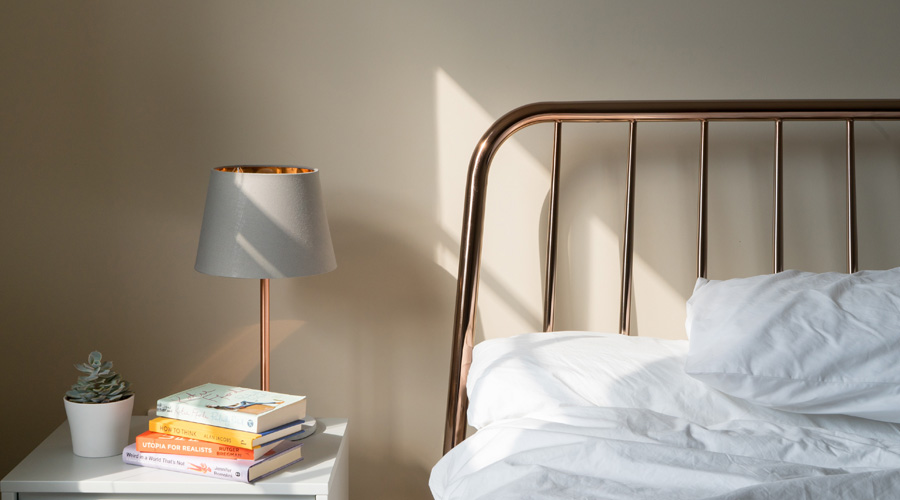
Bedroom
Mix it up with a selection of different lighting options for this quiet space. Include overhead for function, table lamps and pedestal lights for focused reading or study areas, and dimmable sconces for subtle ambiance. For a darker bedroom, consider a statement piece like a chandelier or large pendant light to bring focus up and into the center of the space. Accent with simple up-lighting in recessed moulding or wall mounted nightstand lights.
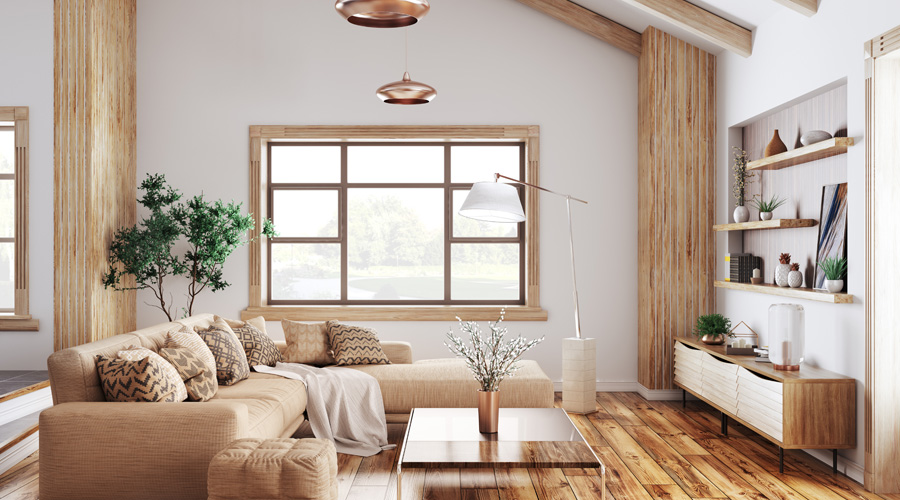
Living Room
This central space offers a unique opportunity to showcase a variety of lighting options. For vaulted ceilings consider a hanging fixture, which will fill the space and create visual interest. Adjustable recessed lighting is great for function and practicality while down lighting on outer walls can showcase art, wall decor or other design vignettes. Artfully placed table lamps fill dark spaces with light and invite guests to sit down and lounge. To really up the cozy factor, don’t forget the power of candles. From tall hurricane glasses to stubby votives, there’s nothing as homey as a live flame.
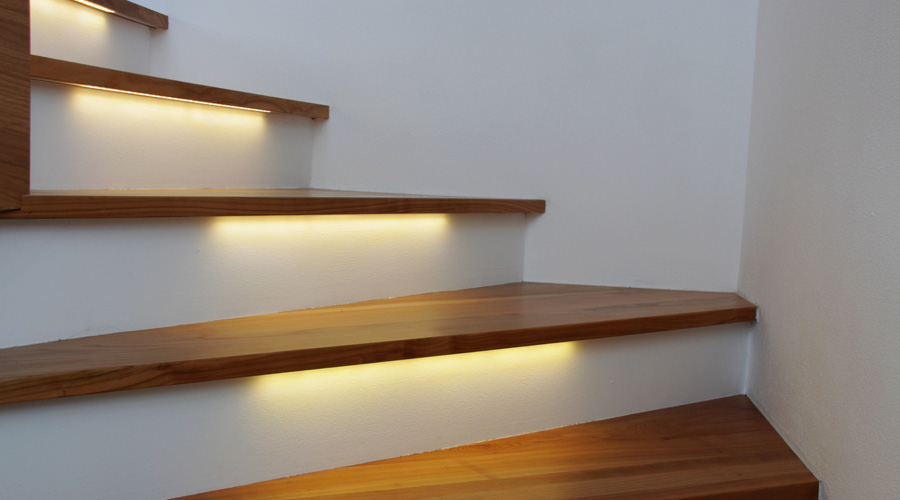
Transitional Space
While you might be focusing on the main living spaces of your home, remember that transitional areas like entryways, hallways and stairs can also benefit from the power of light. For stairs, look to innovative solutions like linear wall-mounted lighting. Recessed channels can hide trips and prevent accidents on slippery landings. Other hidden options like treadlights and under handrails work perfectly with power savings LEDs. For hallways, illuminate wood floors with focused down lighting at ankle level or warm, subtle backlights. Integrating lighting into wood veneer can be both a functional and architectural feature.
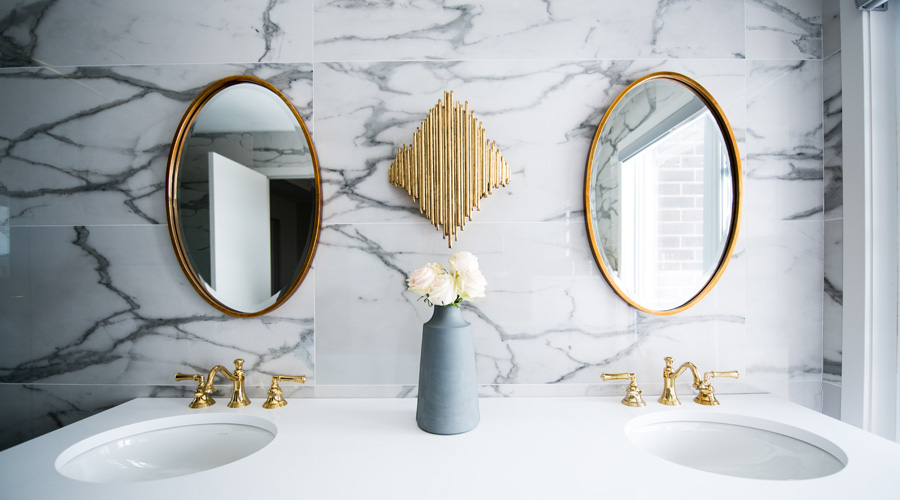
Bathrooms
Bathroom spaces should combine the best of utility and task lighting. Avoid recessed lighting directly over the sink, since it can cast unflattering shadows and opt for wall mounted fixtures instead. Sconces installed at least 66 inches off the floor have been proven to cast even, clear illumination over the face and neck. For nighttime safety, motion activated under cabinet lighting can create a subtle glow much like a nightlight.
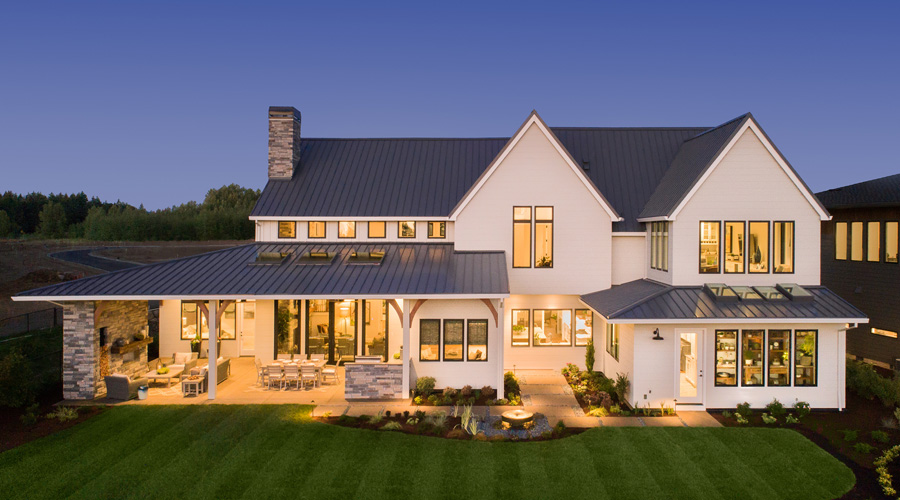
Outdoors
Add to your home’s curb appeal with artfully placed lighting. Focus on the main front door to guide visitors and highlight architectural features. It can also provide increased home security. Motion activated spotlights in dark areas and over utility spaces will save power and keep uninvited guests at bay. Hanging porch lights, lanterns and wall-mounted sconces can also be a source of light around the windows and outdoor seating areas. Don’t forget to highlight the house number too, so that your address will be easily found during hours of darkness.


